I am going to go into detail about cold processed soap trace.
But first, I am over the moon excited about the release of my new book. So bear with me as you hear about it every which way coming and going over the next few weeks. It’s been months of very long hours and hard work and I am thrilled with the final product (Well worth all the hard work!).
First, What is cold processed soap trace?
They say a picture is worth a thousand words, so for all of you who are new to soapmaking, or who have thought about it but not taken the time to jump in and try it yet, I have some pictures that can explain that sometimes confusing idea of “trace” in cold processes soapmaking.
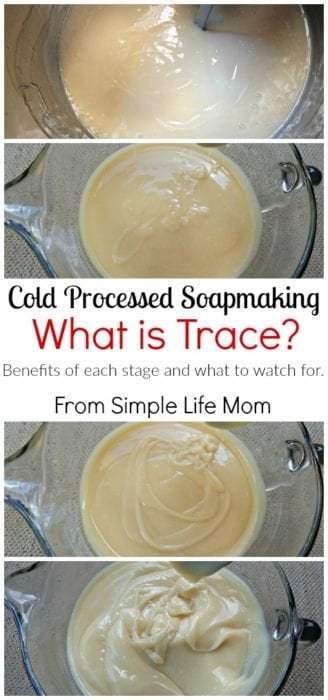
When making cold processed soap, most of the ingredients are first divided into two parts: lye water and oils.
When the lye water is added to the oils a chemical reaction begins to occur called saponification. This is, put simply, when the lye interacts with the oil, busting the molecules apart and reforming to make (drum roll please!) soap!
After the saponification process is underway and the oils and lye are turning into soap, the mixture will get to a point where you can actually see the results of this interaction: trace.
Soapers look for trace because it is a signal that the saponification process is far enough along, and emulsification (blending) between the oils and water is complete, and it is now safe to pour the soap mixture into a mold where it can finish the job all on its own.
What Does Soap Trace Look Like?
So, what does trace look like? The mixture will appear thicker than before and will leave a trace or trail behind when a spoon drizzles a scoop of soap over the top of the mixture.
Very Light Trace
Very light trace leaves a trail that is not raised, but barely visible. Often it is easy to see at an angle under a light. I have had Castile soap recipes that have not wanted to set up where that light trace indicator was a wonderful thing to see.
Here is a picture of light trace. Sorry about the shadow. My mixture wanted to thicken very quickly and I had one shot at getting it. You can see the light trail that is not raised, but still leaves a visible trail through the soap.
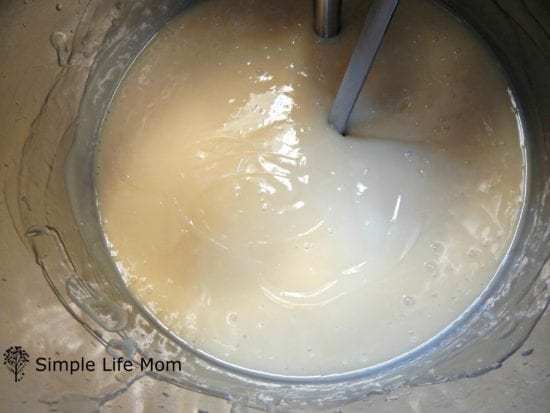
Light Trace
Basically, trace gets thicker as you continue on. Light trace is great for making swirls that sink down to the middle of the soap, and for giving you time to add herbs and other ingredients like coffee grounds or oats before it sets up.
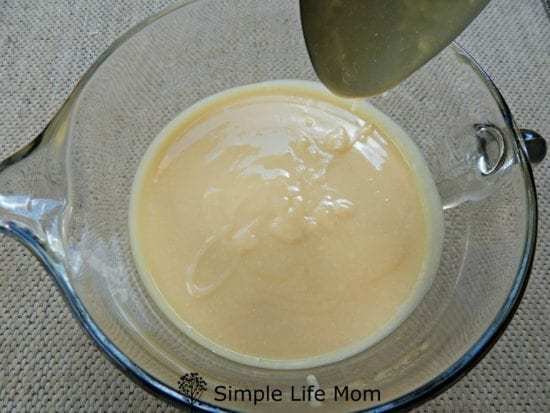
Medium Trace
Medium trace gives you more options for suspending colors and herbs in the top layer of your soap without them lying above the soap (contour of top is still flat). You can see that it is nearing a more pudding consistency.
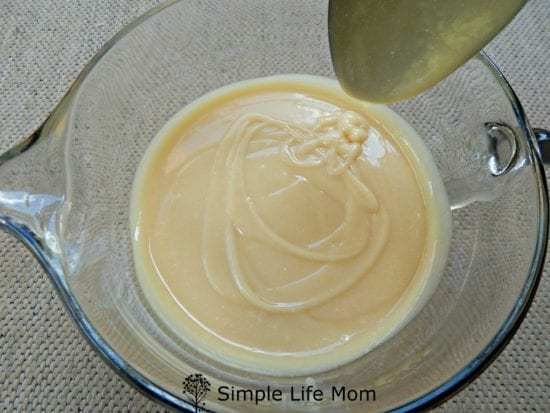
Thick Trace
Thick trace is a thick pudding consistency and great for layering colors within soap, because it is thick enough that they won’t sink and blend into one another.
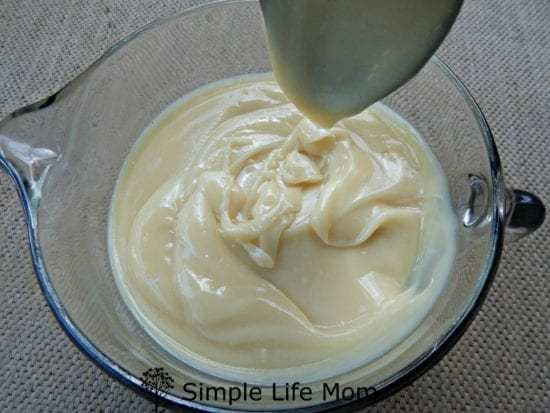
False Trace and Seizing
The other two things to watch out for is false trace and seizing. False trace occurs when oils begin to cool and thicken too quickly, making it appear that you’ve reached light trace, but really the mixture is simply too cold. If you pour at this stage then most likely your water and oil are not fully emulsified and you’ll have pools within the soap and have to rebatch.
Seizing can occur if your recipe has a lot of hard fats and you blend when they are at high temperatures. Seizing is beyond thick trace. It is too hard too scoop and is very rare when using all natural ingredients.. Usually, even if it sets up faster than you anticipated, you still have time to scoop the mixture into a mold. I’ve only heard those who have used fragrance oils and fake colorings have issues with true seizing.
My New Book: The Natural Soapmaking Book for Beginners
I am so excited to FINALLY share all the great details with you!
Here’s some of what you’ll find inside my book:
- 100% all-natural ingredients (No questionable ingredients that some call “natural”. This is the real deal!)
- Clear explanation of what soap really is
- Detailed instructions and options for using herbs, essential oils, exfoliants, and more.
- The equipment needed and why
- Details about types of oils and fats and what they add to soap
- About 30 different all-natural colorants and multiple methods for adding them
- Charts, graphics, pictures.
- and OVER 55 Recipes!
Can you see why I’m so excited? You can Get the Book HERE.



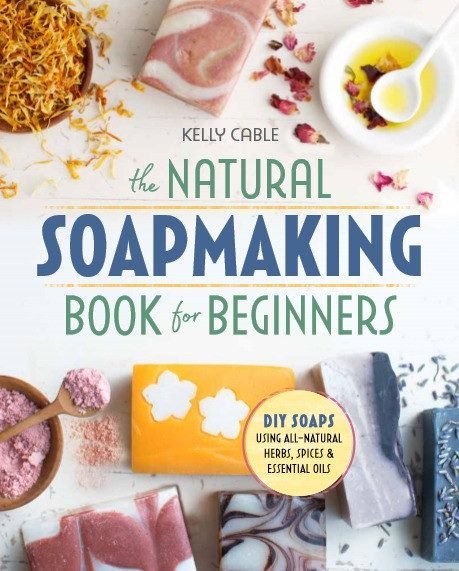
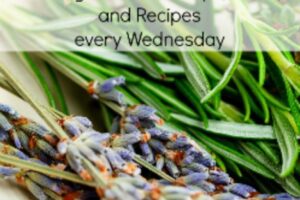

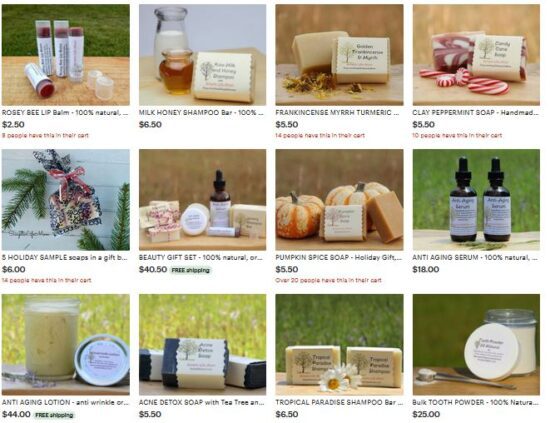
61 Comments
Leave your reply.